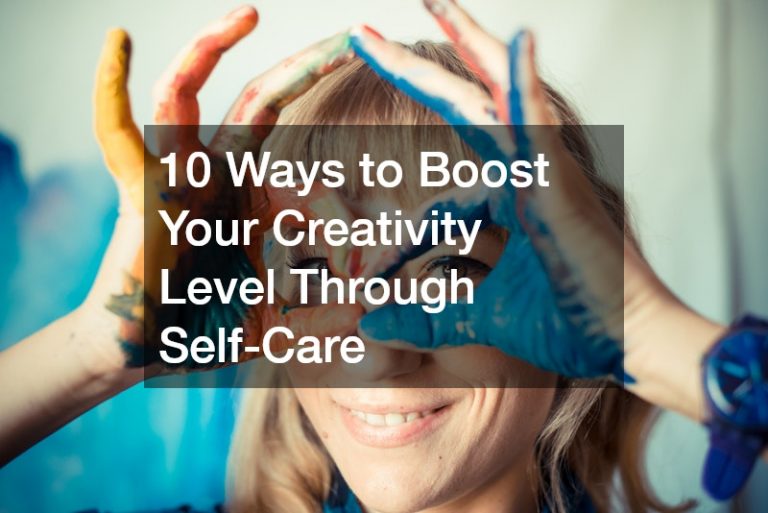- Design a website that reflects your brand’s voice and values.
- Research your target market to craft a message that resonates with them.
- Optimize for mobile devices and use high-quality visuals to connect with your market.
- Analyze metrics to refine and test the website regularly to keep it relevant and engaging.
- Keep content fresh and optimized for search engines to drive organic traffic to your site.
Building an irresistible online presence is quintessential for businesses in today’s digital age. With millions of businesses competing for online visibility, creating a stand-out brand requires meticulous planning and execution.
One of the most important aspects of online branding is designing a website that uniquely represents your brand and communicates your message effectively. This blog post shows you some tried and tested strategies to master design for an irresistible online presence and help your business achieve its full potential.

Start with the Basics
Your website design should be a reflection of your business goals and values. To create a website that resonates with your audience, start with the basics. Determine your brand’s color palette, typography, imagery, and overall design elements.
Communicate Brand Voice
These elements should communicate your brand’s voice and evoke the desired emotions in your audience. Keep in mind that simplicity is key. Avoid clutter and complex designs that might confuse your audience, and focus on clean and intuitive layouts that enhance user experience.
Work with Professionals
It is important to work with professionals who understand your vision and can execute it if you want to create a website that truly stands out. You can work with a reputable firm offering creative marketing services. They will help you make your online presence functional and visually appealing.
Craft a Message that Resonates
Your website design can only do so much if it doesn’t communicate your message effectively. A well-crafted message should resonate with your audience and convey the value and benefits of your brand.
Research Your Target Market
Take the time to research your target market and understand their pain points, desires, and motivations. With this information, craft a message that specifically speaks to your audience and addresses their needs. Leave out any jargon or technical terms that might isolate your audience, and focus on a clear and concise message that connects with your audience on an emotional level.
Think About Your Competition
Analyze your competition and see how they market themselves. Brainstorm fresh ideas and angles to stand out from the crowd. Ensure that your message is unique and provides something your competition needs.
Optimize for Mobile
With most internet users accessing websites through mobile devices, optimizing your website for mobile has become more crucial than ever. Mobile optimization refers to creating a website easily accessible and navigable on mobile devices such as smartphones and tablets.
Enhance User Experience
A mobile-optimized website enhances user experience, boosts engagement, and improves your website’s ranking on search engine results pages. Make sure your website has a responsive design that adapts to different screen sizes and simplifies navigation by using concise menus, icons, and buttons. Also, reduce load time and improve page speed by optimizing images and leveraging browser caching.
Use High-Quality Visuals
Visuals are an essential component of website design. They help to break up the text, convey emotions, and highlight key points. Using high-quality visuals such as images and videos can enhance your website’s overall design and make it more appealing to your audience.
Align with Brand Message
Ensure that your visuals align with your brand’s message and are relevant to your content. Using stock photos can help save time and money, but consider creating your visuals or hiring a professional photographer or videographer to create original content unique to your brand.
Optimize Images for Speed
Make sure to optimize your images before uploading them to your website. Compressing an image’s size will help it load faster, improving the user experience and making your website more enjoyable. Additionally, using the right file format for the type of image you’re using is essential in ensuring optimal loading speeds.

Test and Refine
Once you’ve designed your website, testing and refining it regularly is essential. Testing involves evaluating how your website performs in terms of user experience, engagement, and conversion rates.
Analyze Metrics
This involves analyzing various metrics such as page load speed, bounce rates, conversion rates, and user behavior. These metrics can help to identify potential issues or areas for improvement and refine your website’s design to enhance user experience and achieve your desired goals.
Designing a website that represents your brand and communicates your message effectively requires meticulous planning and execution. Following these strategies, you can master design for an irresistible online presence, enhance user experience, and achieve your business goals. Remember to start with the basics, craft a message that resonates with your audience, optimize your website for mobile, use high-quality visuals, and test and refine your website regularly. With these strategies, your business can build an online presence that stands out from the competition and resonates with your target market.



